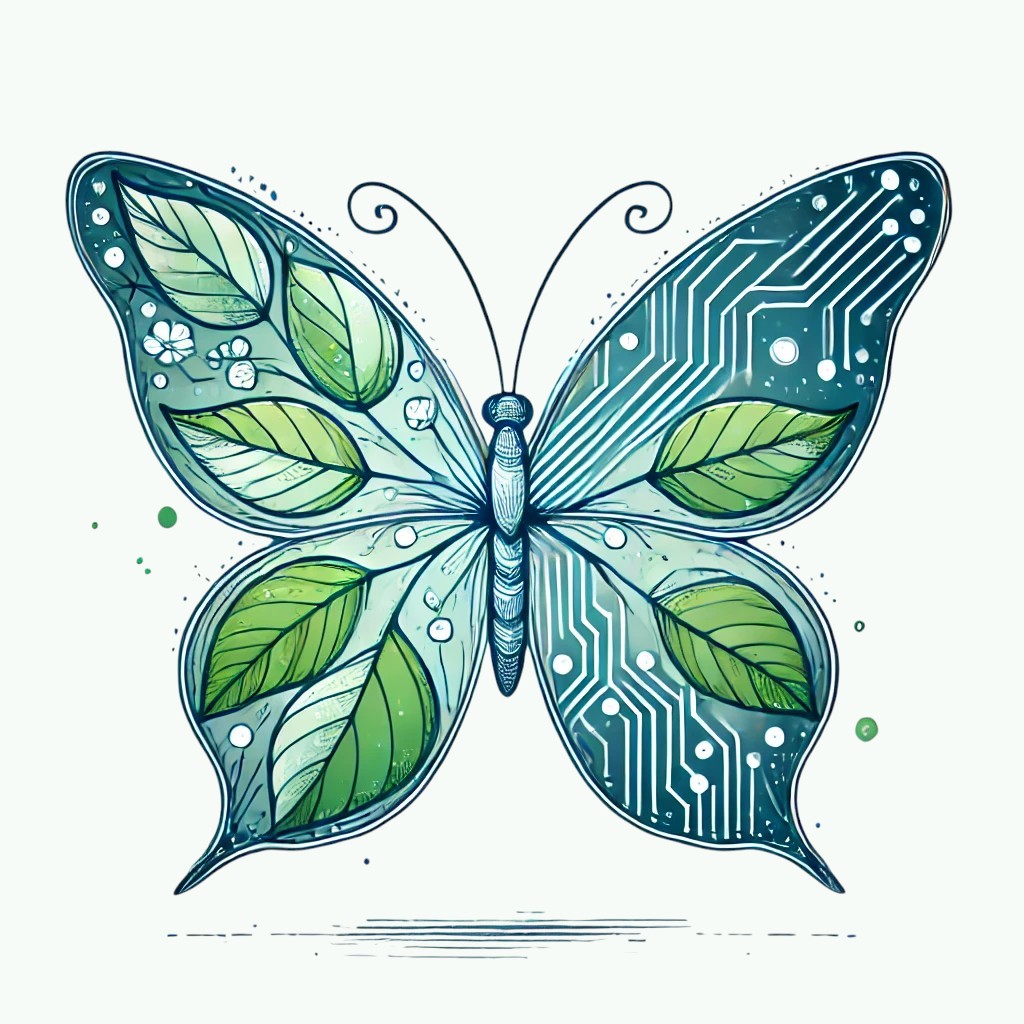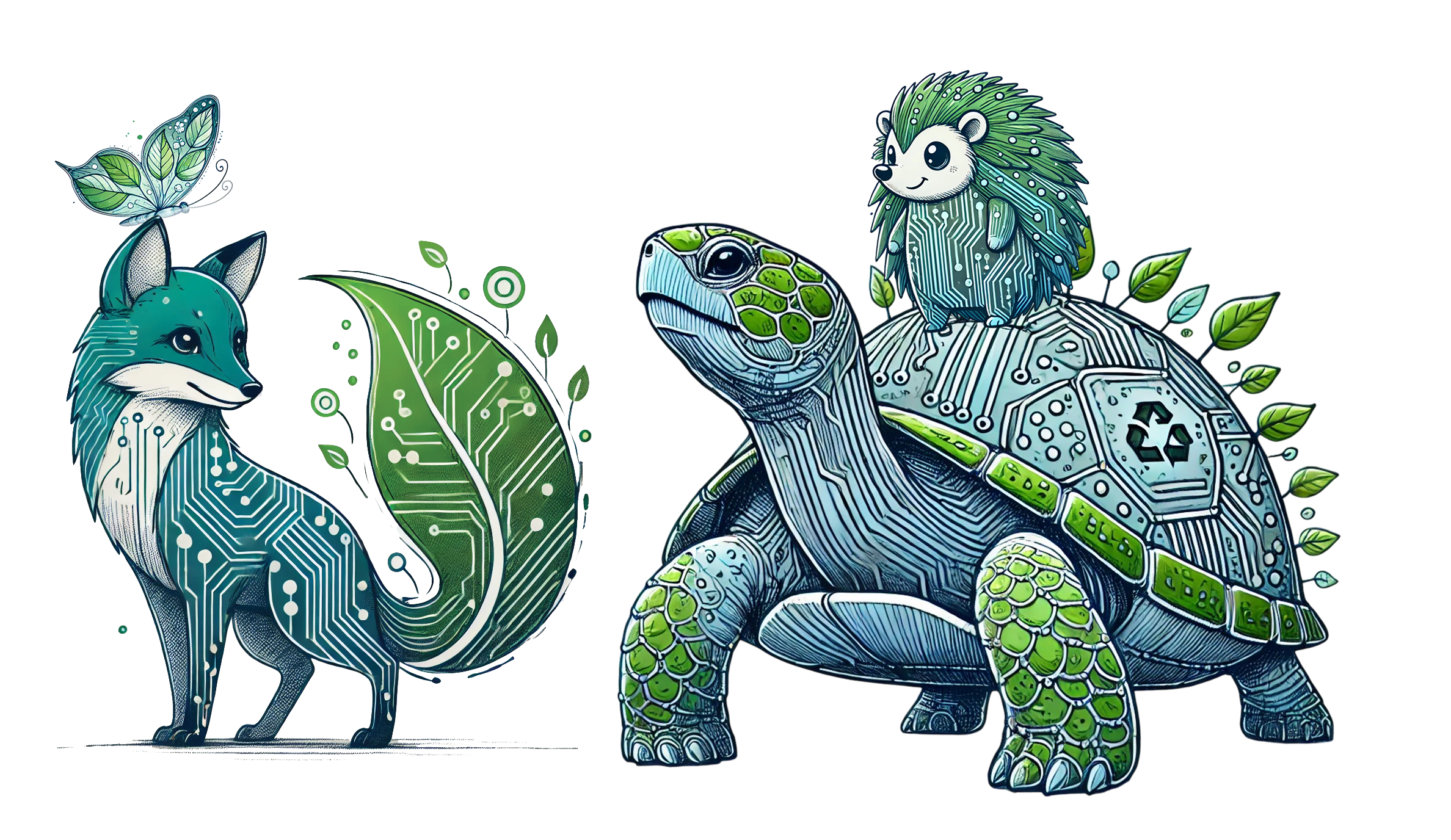The 4 Steps of Sustainable IT
The fight for a more sustainable world can be challenging. As programmers, we love to break down challenging problems into more manageable, less intimidating steps.
Only once aware can people take the first step towards sustainable IT. Only once conscious to the issues can you identify effective areas for change.
Obtaining knowledge and skills to make these changes enables you to approach them. Our ultimate goal is to empower our community to feel as though they can actually make change.

Aware
Becoming aware that there is a problem
What it means:
Being aware means actively seeking and recognizing the environmental and social impacts of IT practices. It involves identifying energy usage, waste production, and supply chain ethics while staying informed about the latest advancements
in sustainability.
What you do:
You shine a spotlight on hidden inefficiencies, waste, and opportunities for improvement. You engage with data, measure your footprint, and uncover the realities of how technology impacts the planet.
Why it matters:
Awareness is the catalyst for action. Without it, problems remain unseen, and opportunities are lost. By being aware, you create the foundation for transformation, ensuring every decision is informed by a complete understanding of
its consequences.
Conscious
Once aware, you can become conscious of issues and identify places for change.
What it means:
Being conscious is about embracing sustainability as a core value. It’s more than just knowing the facts; it’s about reflecting deeply, aligning your decisions with long-term ecological and ethical goals, and committing to sustainable
practices in everything you do.
What you do:
You connect the dots between your actions and their broader impact. You make deliberate, values-driven decisions that prioritize sustainability, whether optimizing IT infrastructure, reducing waste, or designing systems with a circular
economy in mind.
Why it matters:
Conscious action ensures your efforts are genuine and meaningful. Without it, initiatives risk being superficial or short-lived. Consciousness transforms sustainability from a checkbox into a driving force behind innovation and cultural
change.


Enabled
Obtaining the knowledge and skills to be able to make change
What it means:
Being enabled means having the tools, resources, skills, and support to put your sustainability goals into action. It’s about removing barriers and equipping yourself and your team with the capabilities to create lasting impact.
What you do:
You adopt frameworks, implement best practices, and use technologies that support energy efficiency, resource optimization, and ethical supply chains. You invest in education, training, and systems that make sustainable IT accessible
and practical.
Why it matters:
Without being enabled, even the best intentions stall. By becoming enabled, you build the capacity to move from vision to execution, ensuring sustainable practices are realistic and scalable.
Empowered
Feeling as though you can actually make a change
What it means:
Being empowered means taking ownership of your role as a changemaker. It’s about having the confidence, autonomy, and leadership to drive sustainable transformation within your organization, industry, or community.
What you do:
You innovate, collaborate, and lead by example. You challenge outdated practices, champion new solutions, and inspire others to take action. You turn sustainability into a shared mission, creating momentum for systemic change.
Why it matters:
Empowerment amplifies impact. When you’re empowered, you don’t just act—you lead. You create a ripple effect, motivating others to join the effort and accelerating the adoption of sustainable IT practices across the board.

Why these steps work together

Together, these steps create a dynamic framework for sustainable IT that is active, intentional, and impactful. By following this path, you’re not just part of
the solution— you’re driving it forward.



